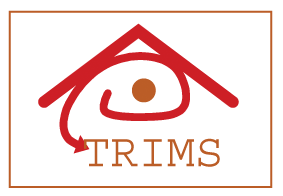| project summary: |
The aim of this project is to advance the state of the art of cognitive systems by developing a methodology for autonomous and continuous learning.
The project will concentrate on structural learning, where relations between components and compositional hierarchies play a central role
in object categorization. Such learning is particularly relevant for the interpretation of man-made objects, hence the project will use the recognition of buildings in outdoor scenes as its exemplary application domain. Due to the diversity of shapes and
spatial arrangements of the different parts of a building, the recognition system must be capable of continually updating its conceptual
knowledge. This requires the development of innovative methods for continuous learning.
The project will advance the state of the art by concentrating on techniques of
pattern discovery, concept learning and ultimately self-learning. Just like a human child which has to be taught not only a certain subject but also the skills of autonomous learning, the
proposed system will incorporate several levels of learning with decreasing responsibility of the teacher and increasing autonomy of the
trained system, developing some self-awareness.
The project will use symbolic primitives extracted by low-level modules. The relationships between the extracted components will be
represented by
- Bayesian network which will be used to model hierarchical structures,
- Markov Random fields which will be used
to model peer-to-peer relations,
- logical structures which represent taxonomical and compositional hierarchies, and
- 2D grammars which will attempt to capture the structural relations syntactically.
For the development and evaluation of the system the project will use a rich dataset of several hundreds of images of urban environments
in the different countries of the participants. The learning components will be developed around the knowledge-based interpretation system
SCENIC. |
|





